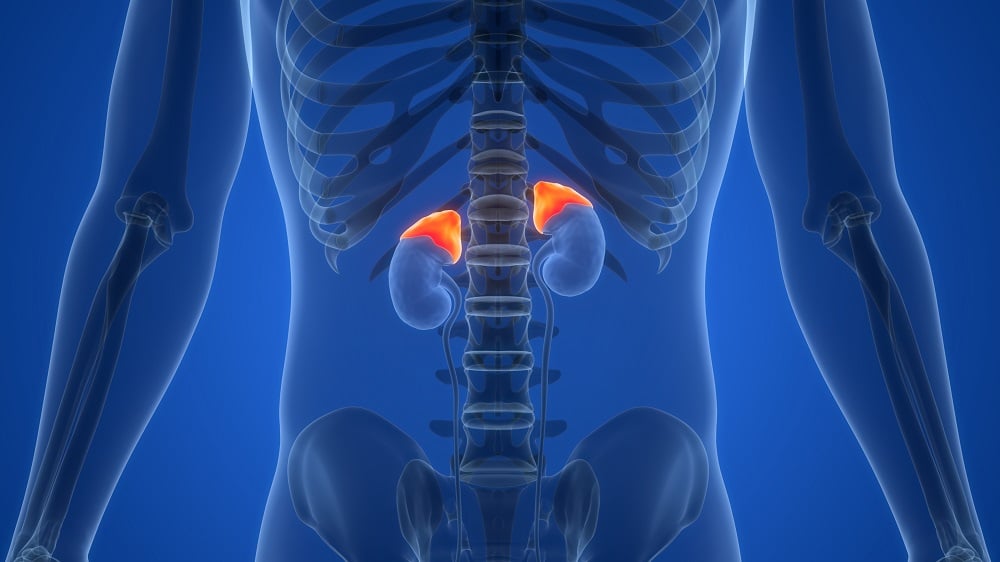Study reveals how Chagas parasite invades human cells
On March 29, 2025, researchers from Auburn University, in collaboration with Brazil's Oswaldo Cruz Foundation (FIOCRUZ), published a ground-breaking study in the journal Biochemistry, showcasing the mechanism by which the Chagas Disease parasite, Trypanosoma cruzi, invades human cells. This study represents a significant advancement with implications for developing effective treatments for this neglected tropical disease.
Understanding Chagas Disease
Traditionally endemic to Latin America, Chagas Disease is increasingly recognized as a global health issue. The lead researcher, Dr. Rafael C. Bernardi, emphasizes the growing concern, stating, "With international travel and migration pushing the disease beyond its original borders, it's becoming a silent threat in regions like the US and Europe where it often goes unrecognized due to nonspecific early symptoms."
The Mechanism of Invasion
This pivotal study utilized a novel molecular dynamics simulation to examine the interaction between the parasite's protein gp82 and the human receptor LAMP2. This interaction is crucial for the parasite's internalization into human cells. The study not only models this interaction in unprecedented atomic detail but also identifies new potential therapeutic targets that could lead to the development of drugs aimed at blocking the infection process.
| Component | Role | Significance |
|---|---|---|
| gp82 | Parasite protein facilitating invasion | Essential for the entry of T. cruzi into host cells |
| LAMP2 | Human cell receptor | Major target for T. cruzi to exploit during infection |
| Molecular Dynamics Simulation | Technique used to study protein interactions | Provides detailed insights into the dynamic processes at play |
Impact on Public Health
Chagas Disease affects millions globally, with significant public health implications, particularly in Latin America. Despite being underreported in the US and Europe, the disease's increasing prevalence calls for more robust surveillance and research efforts. Dr. Leal da Silva from FIOCRUZ notes the importance of this international collaboration: "This study is a critical step toward a more comprehensive understanding of the molecular mechanisms of Chagas Disease, essential for the development of effective treatments."
Raissa Rosa, a graduate student involved in the research, highlighted the enlightening nature of the collaboration, stating, "It allowed us to connect known experimental results with computational work that enabled us to visualize the interaction at the atomistic level." This insight aims to elucidate not only the specifics of the host-parasite interaction but also to explore new avenues for intervention.
Further Research and Implications
The findings underscore the urgent need for continued research and international collaboration in addressing the global health threat posed by Chagas Disease. As Dr. Bernardi points out, "Chagas Disease has been neglected for far too long, but with combined efforts from research institutions like Auburn and FIOCRUZ, we are making significant strides in understanding and eventually mitigating this disease."
“This collaboration has been incredibly enlightening. It allowed us to connect known experimental results with computational work that enabled us to visualize the interaction at the atomistic level.” – Raissa R. Rosa
Conclusion
In conclusion, the study conducted by Auburn University and FIOCRUZ represents a significant advancement in the understanding of Chagas Disease. The interaction between gp82 and LAMP2 is a critical component of the parasite's ability to invade human cells, providing a potential avenue for therapeutic interventions. Efforts to address this neglected disease could lead to improved health outcomes for millions affected.
More information: Raissa S. L. Rosa et al., Atomistic Insights into gp82 Binding: A Microsecond, Million-Atom Exploration of Trypanosoma cruzi Host-Cell Invasion, Biochemistry (2025).
Journal Information
Provided by Science X
References
- Citation: Study reveals how Chagas parasite invades human cells (2025, March 29)
- Read the full article here.













Discussion